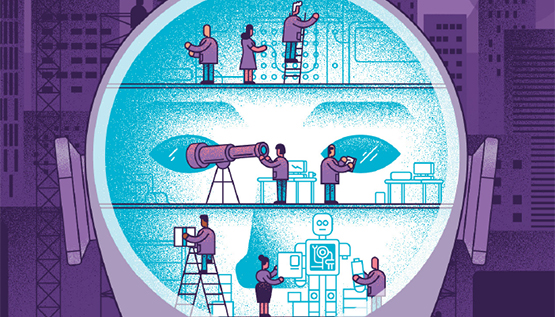 28.01.2020
28.01.2020
Human Capital Trends 2019
Leading the social enterprise: Reinvent with a human focus
In 2019, an intensifying combination of economic, social, and political issues is challenging business strategies. Faced with the relentless acceleration of artificial intelligence (AI), cognitive technologies, and automation, 86 percent of respondents to this year’s Global Human Capital Trends survey believe they must reinvent their ability to learn. After nearly 10 years of economic growth, and despite a pervasive corporate focus on digital transformation, 84 percent of respondents told us they need to rethink their workforce experience to improve productivity. And in the face of new pressures to move faster and adapt to a far more diverse workforce, 80 percent believe they need to develop leaders differently.
2019’s 10 human capital trends
The future of the workforce
- The alternative workforce: It’s now mainstream.
- From jobs to superjobs
- Leadership for the 21st century: The intersection of the traditional and the new.
The future of the organization
- From employee experience to human experience: Putting meaning back into work
- Organizational performance: It’s a team sport.
- Rewards: Closing the gap.
The future of HR
- Accessing talent: It’s more than acquisition
- Learning in the flow of life
- Talent mobility: Winning the war on the home front
- HR cloud: A launch pad, not a destination
What is a social enterprise?
A social enterprise is an organization whose mission combines revenue growth and profit-making with the need to respect and support its environment and stakeholder network. This includes listening to, investing in, and actively managing the trends that are shaping today’s world. It is an organization that shoulders its responsibility to be a good citizen (both inside and outside the organization), serving as a role model for its peers and promoting a high degree of collaboration at every level of the organization.
Global vs Nordics
Global results compared to Nordic results reveal a difference in how companies in Denmark, Norway, Sweden and Finland are meeting trends that effect their workforces. Are Nordic business leaders paving the way, or lagging behind?